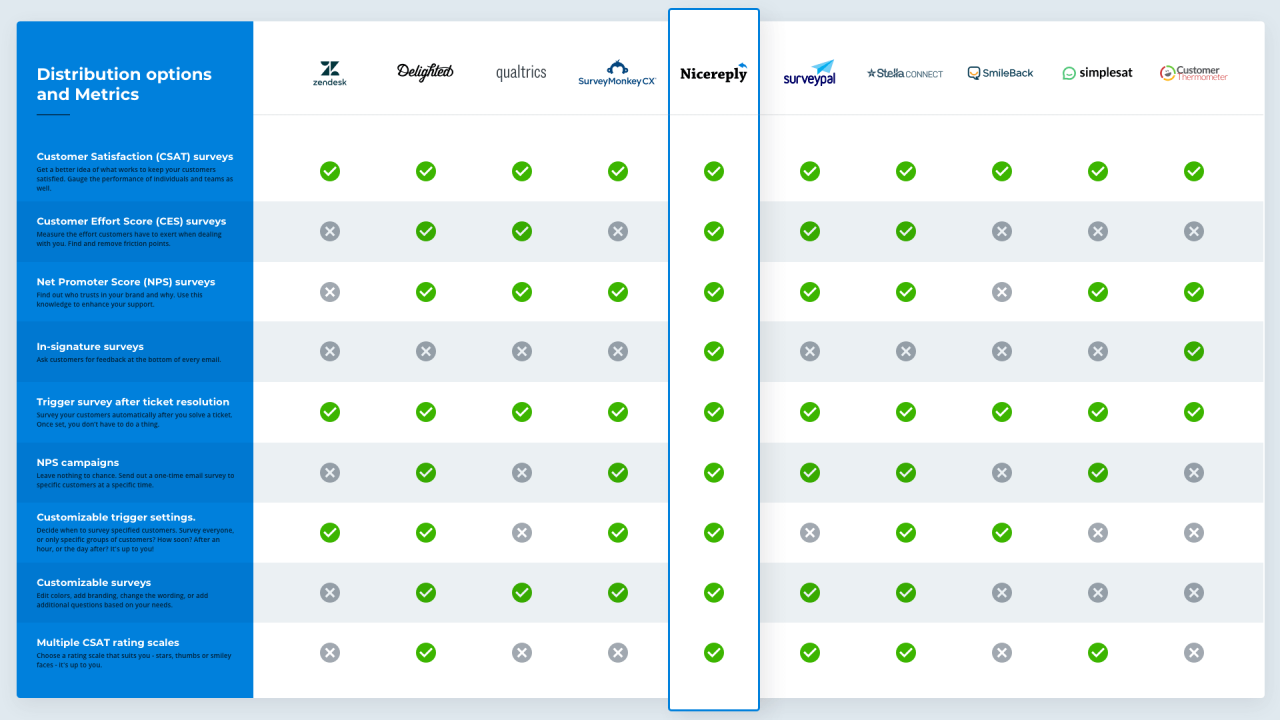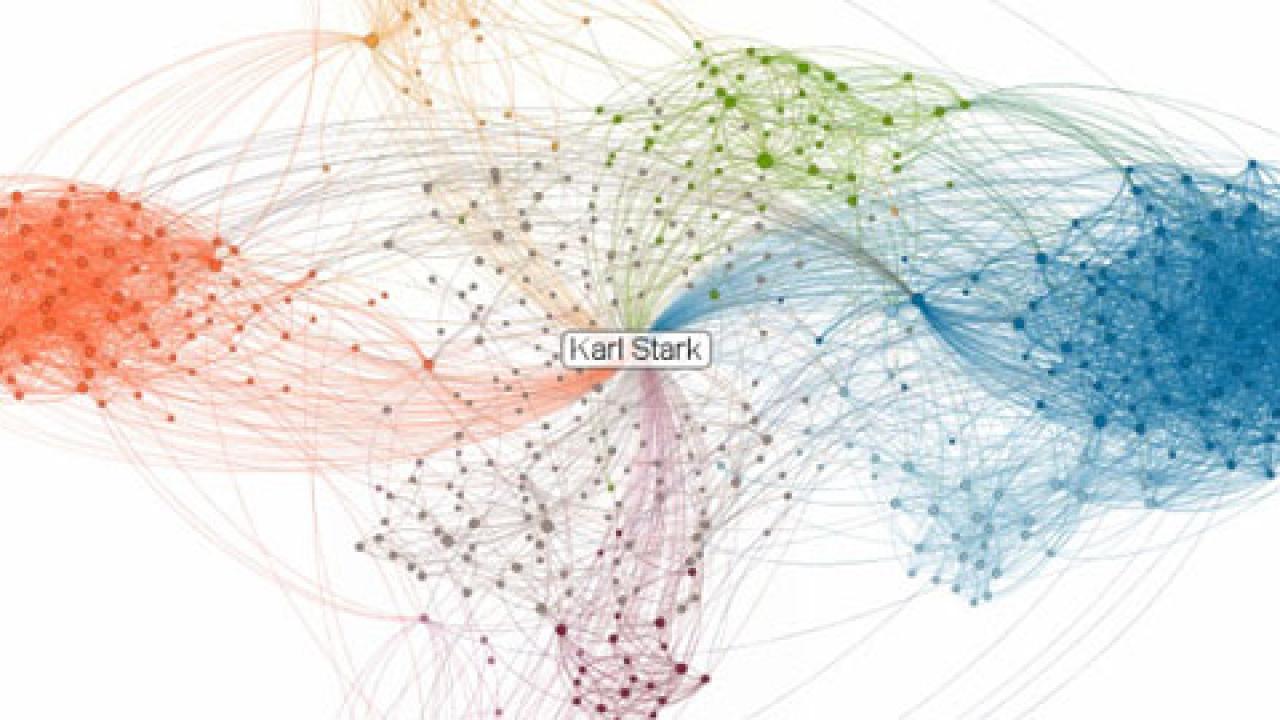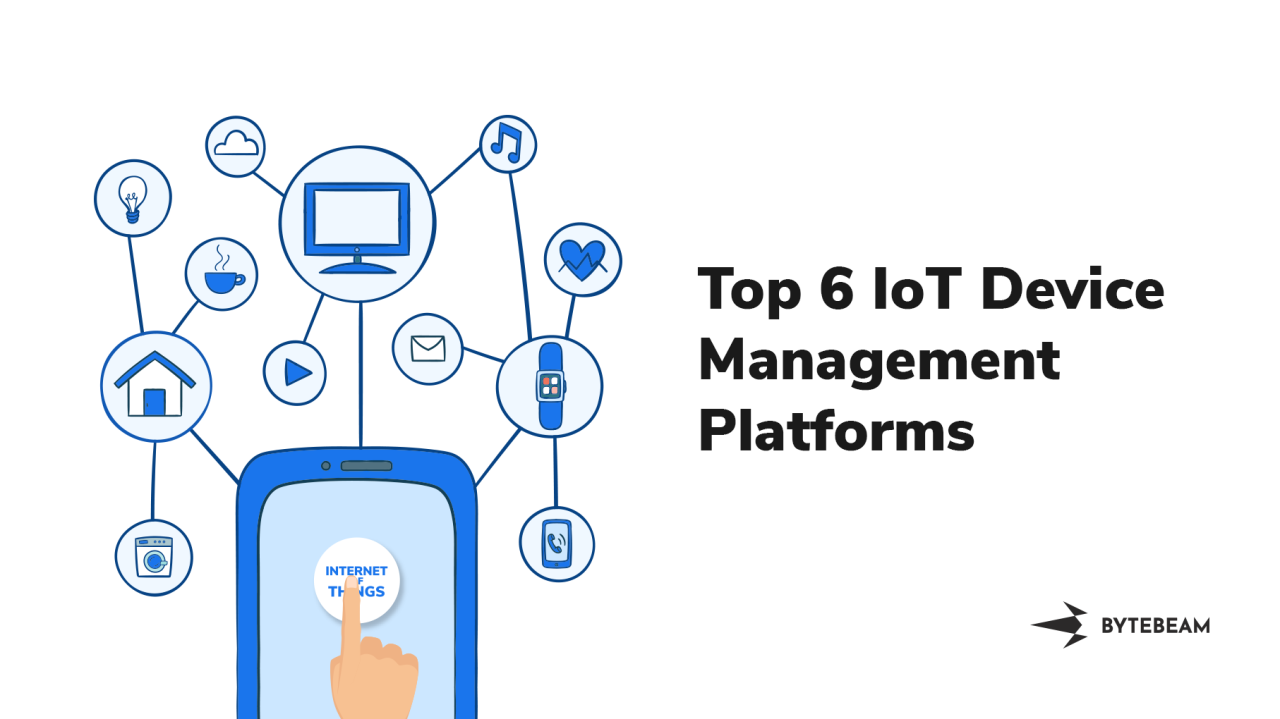Data Encryption Software
Data encryption software sets the stage for this enthralling narrative, offering readers a glimpse into a story that is rich in detail and brimming with originality from the outset. Dive into the world of data protection and security with the power of encryption software.
Overview of Data Encryption Software

Data encryption software is a tool used to protect sensitive information by converting it into a code that can only be deciphered with the correct decryption key. Its primary purpose is to ensure that data remains confidential and secure, especially when stored or transmitted over networks.
Data encryption software works by using complex algorithms to scramble data into an unreadable format, making it nearly impossible for unauthorized users to access the information. The encrypted data can only be decrypted and accessed by those with the proper encryption key, providing an extra layer of security against cyber threats and data breaches.
Examples of Industries Using Data Encryption Software
- Finance: Banks and financial institutions use data encryption software to protect customer financial information and transactions.
- Healthcare: Hospitals and healthcare providers use encryption to safeguard patient records and comply with privacy regulations like HIPAA.
- Government: Government agencies use encryption to secure classified information and communications.
- Retail: Online retailers utilize encryption to protect customer payment information and personal data.
Types of Data Encryption Algorithms: Data Encryption Software
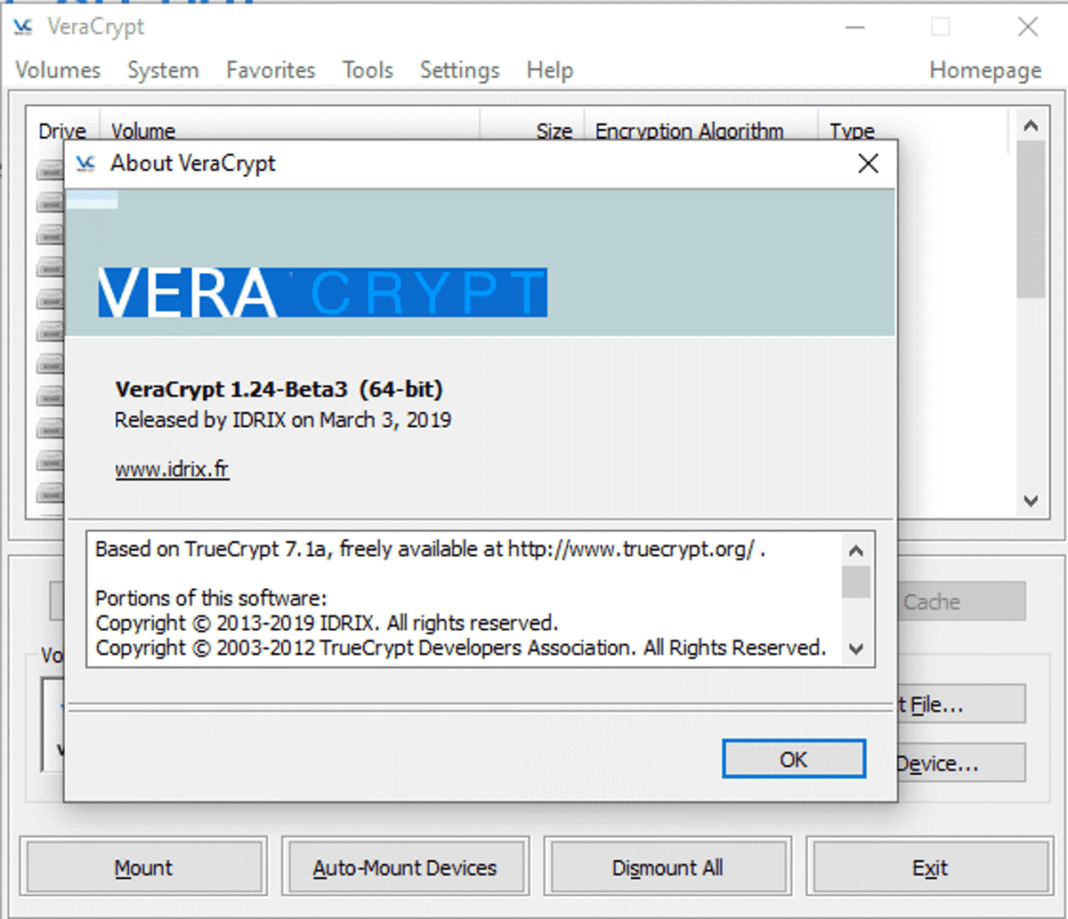
Data encryption software employs various encryption algorithms to secure sensitive information. These algorithms play a crucial role in protecting data from unauthorized access and ensuring confidentiality. Let’s explore the different types of data encryption algorithms, focusing on symmetric and asymmetric encryption, as well as the importance of key management.
Symmetric Encryption
Symmetric encryption, also known as secret key encryption, uses a single key to both encrypt and decrypt data. This type of encryption is fast and efficient, making it ideal for encrypting large amounts of data. However, the challenge with symmetric encryption lies in securely sharing the key between the sender and the recipient. Examples of symmetric encryption algorithms include AES (Advanced Encryption Standard) and DES (Data Encryption Standard).
Asymmetric Encryption
Asymmetric encryption, also known as public key encryption, utilizes a pair of keys – a public key and a private key. The public key is used for encryption, while the private key is used for decryption. This type of encryption provides a higher level of security compared to symmetric encryption, as the private key is kept secret. Popular asymmetric encryption algorithms include RSA (Rivest-Shamir-Adleman) and ECC (Elliptic Curve Cryptography).
Key Management in Data Encryption
Key management is a critical aspect of data encryption, as the security of encrypted data heavily relies on the protection of encryption keys. Proper key management involves generating strong keys, securely storing and sharing keys, rotating keys regularly, and revoking compromised keys. Without effective key management practices, encrypted data may be vulnerable to attacks or unauthorized access.
Features and Functionality
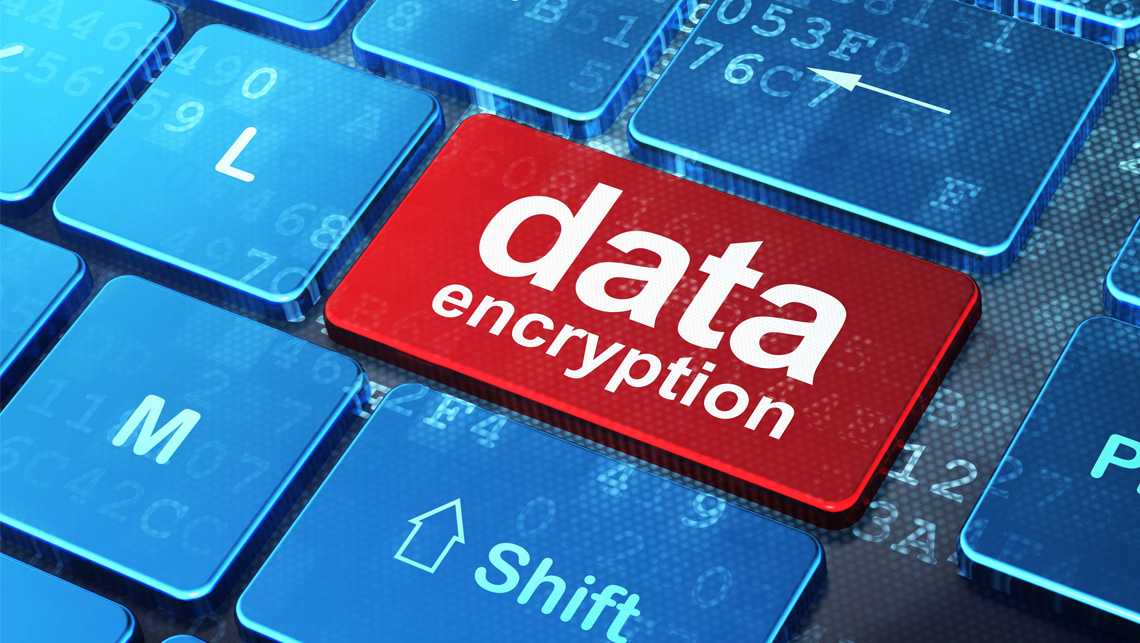
When selecting data encryption software, it is crucial to consider the key features that will meet your specific needs. These features not only enhance security but also ensure seamless integration with your existing systems or applications. Additionally, advanced functionality like file shredding and password protection can provide an extra layer of protection for your sensitive data.
Key Features to Look For
- Strong encryption algorithms: Ensure that the software offers robust encryption methods like AES or RSA to protect your data effectively.
- Key management: Look for features that simplify key generation, storage, and distribution to maintain the security of your encrypted data.
- Compliance support: Choose software that complies with industry standards and regulations to ensure the protection of sensitive information.
- Multi-platform support: Opt for software that can be seamlessly integrated across various operating systems and devices for flexibility and convenience.
Integration with Existing Systems
Data encryption software should be able to seamlessly integrate with your existing systems or applications without causing disruptions. This ensures that your data remains secure while allowing for smooth operations and collaboration within your organization.
Advanced Functionality Examples, Data encryption software
- File shredding: Some data encryption software offers file shredding capabilities, allowing you to securely delete sensitive files beyond recovery.
- Password protection: Advanced functionality like password protection adds an extra layer of security by requiring authentication before accessing encrypted data.
- Secure sharing: Certain software enables secure sharing of encrypted files with authorized users, ensuring data protection during transmission.
Compliance and Regulations
Data encryption software plays a crucial role in helping organizations comply with various regulations and standards related to data protection. By implementing robust encryption measures, companies can safeguard sensitive information and ensure compliance with laws such as GDPR and HIPAA.
Regulatory Requirements
Regulatory requirements like GDPR (General Data Protection Regulation) and HIPAA (Health Insurance Portability and Accountability Act) mandate the protection of personal and sensitive data. Organizations that fail to comply with these regulations face severe penalties and reputational damage.
Data encryption software helps businesses meet these regulatory requirements by encrypting data at rest, in transit, and during processing. This ensures that sensitive information remains secure and protected from unauthorized access or data breaches.
Role of Encryption in Achieving Certifications
Encryption plays a critical role in achieving data security certifications such as ISO 27001 or SOC 2. These certifications require organizations to demonstrate the implementation of robust security measures to protect data integrity, confidentiality, and availability.
By using data encryption software, companies can encrypt sensitive data and demonstrate compliance with security standards. Encryption helps organizations secure their data assets and mitigate the risk of data breaches, ultimately leading to the achievement of data security certifications.
FAQs
How does data encryption software protect sensitive information?
Data encryption software secures data by converting it into a code that can only be accessed with the appropriate key, ensuring confidentiality.
Which industries commonly use data encryption software?
Industries such as finance, healthcare, and government sectors often rely on data encryption software to protect sensitive data from unauthorized access.
What is the role of key management in data encryption?
Key management is crucial in data encryption as it involves securely storing and distributing encryption keys to ensure the protection of encrypted data.

